Hi, welcome to the first-ever guest post on Market Sentiment. If you are like us, you must have wondered about the spectacular rise in speculative assets in the past few years.
WallStreetBets went from 2 Million members to 15 Million members in less than 2 years.
Zero days to expiry (0 DTE) options popularity has doubled after Covid.
“Investors” are buying literal images of rocks for more than $100K.
So, why does it look like everyone’s betting on everything?
The best explanation we saw came from Travis Kling, Founder and Chief Investment Officer of Ikigai Asset Management. Travis was an analyst at Magnetar and a PM at Point 72 before founding Ikigai in 2018. The following article was a subsegment from his monthly notes, which you can find here.
As always, the idea behind guest posts is to bring you diverse experiences and perspectives from other investors that may or may not represent the views of Market Sentiment.
Financial Nihilism: The Zeitgeist of Young America
“Economies and markets cycle up and down. Whichever direction they’re going at the moment, most people come to believe that they’ll go that way forever. This thinking is a source of great danger since it poisons the markets, sends valuations to extremes, and ignites bubbles and panics that most investors find hard to resist.”
– Howard Marks, on markets with less danger than crypto
“Financial Nihilism” is the idea that cost of living is strangling most Americans; that upward mobility opportunity is out of reach for an increasing number of people; that the American Dream is mostly a thing of the past; and that median home prices divided by median income is at a completely untenable level.
Given how much discussion this concept sparked recently and how deeply it resonated with folks, we will unpack Financial Nihilism in more detail. To begin, it is not my term. The credit belongs to Demetri Kofinas, the host of the Hidden Forces podcast. He first introduced the concept at least 2 ½ years ago.
Financial Nihilism goes hand in hand with Populism - a political approach that strives to appeal to ordinary people who feel that their concerns are disregarded by established elite groups. Populism is a topic I’ve discussed numerous times here in the past, perhaps most pointedly in my February 2021 monthly about Gamestop. The underlying drivers of Financial Nihilism and Populism are the same – this system is not working for me, so I want to try something very different (e.g., buy SHIB or vote for Trump).
How would you go about characterizing the drivers of Financial Nihilism? As previously mentioned, the chart of median home prices to median household income is the single most emblematic symbol of Financial Nihilism in my opinion.
Shown below with a couple of annotations –
You can see that Boomers (and GenX) bought all the houses at about 4.5x their annual income. Then, subprime lending fueled the housing bubble, and the bubble collapsed. Not long thereafter, Millennials entered the workforce and got to the point where they could start buying houses at ~5.5x annual income. Then Covid happened, the Fed printed $6 trillion, and now houses are 7.5x annual income, much higher than even the peak of the housing bubble. Simply out of reach for many millions of Americans under 40. The numbers just don’t add up.
We can drill down into this real estate situation further. Shown below is the share of total real estate value by generation in the US-
From 1989 to 2023, the total value of US real estate held by households went from $7tn to $45tn, nearly a 7x increase. In 2020, when the youngest Millennial turned 25, Millennials held 13% of total real estate value. In 2005, when the youngest GenX turned 25, their share of housing wealth was 17%. And in 1989, when the youngest Boomer turned 25, they already had 33% of total real estate value.
Kind of a raw deal for the current generation of young folks, right?
Let’s keep going though. Here’s the distribution of household wealth by generation. Similar type of chart as above, but looking at total net worth vs just real estate –
From 1989 to 2023, total US household wealth increased from $20tn to $143tn, a 7x increase.
Drilling down into these numbers, the rise of Financial Nihilism among young people is hardly surprising. In 2020, the youngest Millennial turned 25, and Millennials had a paltry 5% of total household wealth. Compare that to GenX – in 2005 the youngest Gen X’er turned 25, and their generation had already amassed 8% of all household wealth. Then compare that further to Baby Boomers – in 1989, the youngest Boomer turned 25 and by that point, the Boomer generation had gathered 20% of total household wealth. Maybe they got that from making coffee at home and skipping the guac at Chipotle!
Looking at these statistics from wealth percentile instead of generation is equally as discouraging-
Again, total wealth over this time increased 7x from $20tn to $143tn. The top 10%, top 1% and top 0.1% all saw big increases in their relative share over this timeframe, while the bottom 50% actually lost a little ground. Literally watching the rich get richer while the American Dream of upward mobility slips out of reach for the majority. Tough.
Looking at the same analysis for real estate value yields a slightly different looking chart but with the same results –
I’ll give you one last chart to prove my point before we move on. Below is the ratio of Median Household Income to the S&P 500. Think of it as, “how many shares of the SPX can I buy with a year’s worth of median income?”
Again, it paints a tough picture. Back in the early ‘60s, you could get 94 shares of the SPX with the median household income. That peaked in the crash of 1982 at 219 shares and then structurally collapsed. The stock market is getting less and less affordable for the average American.
That’s the setup. The Boomers have all the money. The rich have been getting richer while the poor are getting poorer. The American Dream of upward mobility has been slipping out of reach for increasingly more people. Why do you think Oliver Anthony exploded out of nowhere into such popularity? That is Financial Nihilism. So if you’re like the large majority of Americans and you’re on the wrong end of this, what do you do about it?
You take bigger risks. You feel driven to take bigger risks to try and leapfrog from your current financial position (mostly paycheck to paycheck; buying a home feels nearly impossible; saddled with student loans; salary increases not keeping up with expense increases) to something more tenable. More comfortable. More baller.
So you gamble. You. F**king. Gamble. You look anywhere for anything that can give you a 5:1, 10:1, or 50:1 type of payout. Naturally, you look to literal gambling, which is growing at a breakneck pace.
Within gambling broadly, you look to sports gambling which is now available on your phone while you’re sitting on the couch. Incredible growth rate –
By the way, this year’s Super Bowl? Smashed betting records-
Going even further towards Financial Nihilism, you could look at the rise in the popularity of parlay bets, which include winning multiples of your original bet if you correctly win all bets made in a multi-bet series.
The state of Illinois was the only source I could find that had parlay-specific data going back multiple years. But that insane growth shown in the chart above is indicative of the growth in popularity of parlays broadly. And as a reminder, these are bets where the “house odds” are better than regular bets, even while the potential payoff is much higher.
When the numbers don’t add up, might as well swing for the fences even when you’re more likely to strike out.
You know what parlays are kinda like? 0DTE options - options that expire the same day they are bought. Like parlays, 0DTE options offer higher probabilities of loss while offering potentially multiples of upside. Oh yeah, and either way the outcome occurs the same DAY you place the bet…err umm, same day you “make the investment”.
You know what 0DTE options popularity has been doing lately?
0DTE popularity has doubled since Covid. That’s a growth rate that looks familiar, right? Between 2016 and 2023, 0DTE trading increased from 5% of total SPX options volume to 43%.
The evidence for the rise of Financial Nihilism is all around us. Think about the cultural movement that was WallStreetBets, DeepFuckingValue, Gamestop, AMC, Bed, Bath & Beyond, and Blockbuster. They cranked out a Seth Rogen movie in like EIGHTEEN MONTHS. That’s how top-of-mind Financial Nihilism is.
One more thing to add, and then I’ll bring this all back to crypto. Those individuals choosing to act out Financial Nihilism are doing so in direct response to, and in imitation of, the monetary and fiscal policies of the Fed and the US government. Those monetary and fiscal policies have been a major driver of wealth inequality both through generations and wealth percentiles. The US government has been egregiously irresponsible. Makes a poker player look like Dave Ramsey. I’ve talked about this for years here, but I’ll give you a couple reminders-
US been wilin’ with the dollar lately. Bitcoiners were on to this before anyone else. When the government is acting crazy, you might need to do something crazy in response – a 5-leg parlay, 0DTE TSLA calls, or long magic internet money – because the money printer has been, and will continue to, go brrrr. This causes asset price distortions of all sorts. This causes risk-taking distortions of all sorts. You’d be foolish to think otherwise.
Which brings us all the way back to crypto – the Roman Colosseum for asset price and risk-taking distortions. We will do some stuff that makes 0DTE Tesla calls look like gold sitting in Fort Knox. Our Memecoins do numbers that make the Memestocks look like the U.S. Dollar -
Importantly, crypto is a populist movement. A countercultural movement. A YOUNG PERSON’s movement. Boomers don’t get it. It’s “our” thing. It’s the one thing we can actually beat Boomers at (so far). Regardless of whether Boomers show up to crypto now, in the coming years, or not at all, eventually they will leave this world behind for that big country club in the sky. And their assets, which are tremendous –
…will pass down to the next generation. What is going to come of those assets? More gambling. More 0DTE options. More crypto. Be honest with yourself. Run this whole thing out 20-30 years. What do you honestly think it’s going to look like? Like if Dave Portnoy and Ready Player One had a baby.
So What?
I wrote about Financial Nihilism because I believe the concept is such a key driver of crypto price action and because it struck such a chord with folks last month. I hope you understand it now better than you did a few minutes ago. I feel like I understand it better now than I did when I started writing this. I’ve come away with the view that Financial Nihilism is strong and getting stronger. It’s a feeling that’s pervasive in American society (and abroad). Financial Nihilism is a major driver of crypto price action, you can argue it’s getting even stronger, and it will be with us in a major way this coming cycle.
You can wish that weren’t the case. You can wish the crypto market would be more sound-minded. More sober. More focused on providing solutions to real problems. More rooted in reasonable valuation methodologies. Less bubble-ish. But I believe those wishes will be left ungranted. At least this cycle. There’s good reason to think this market is going to shitcoin harder than ever this cycle. That there will be an even greater “Lack of Pretense That Any of This Shit Does Anything or Will Ever Do Anything”. That we will blow an even bigger bubble and subsequently collapse an even bigger bubble. The drivers of Financial Nihilism and incentive structures that come along with it are simply too overwhelming. Act accordingly.
Market Sentiment curates the best ideas and distills them into actionable insights. Join 38,000+ others who receive curated financial research.





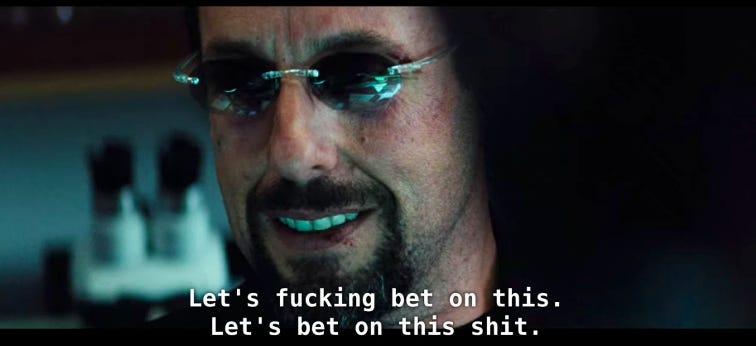




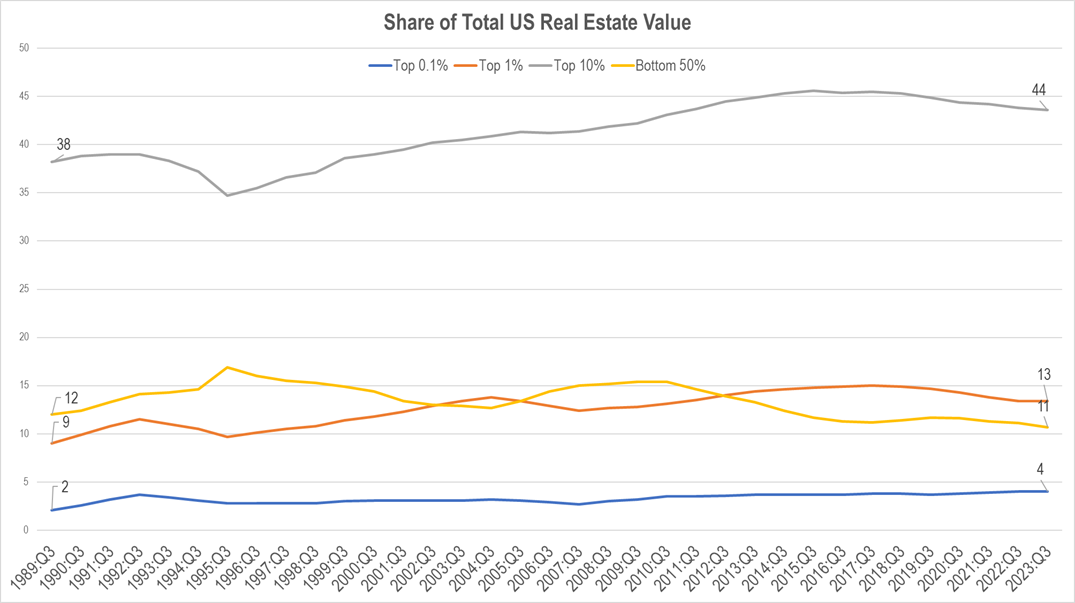
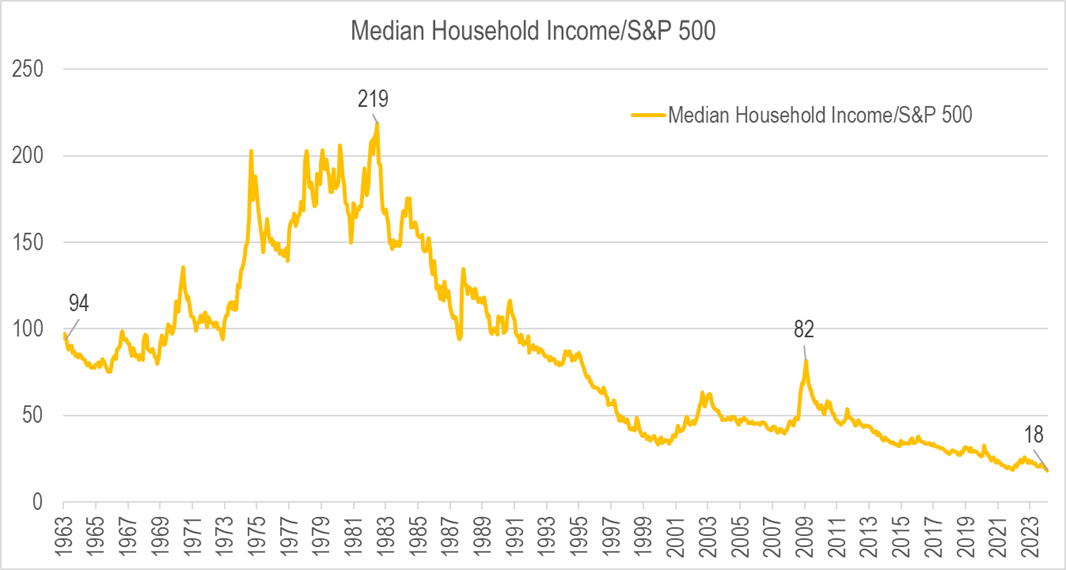
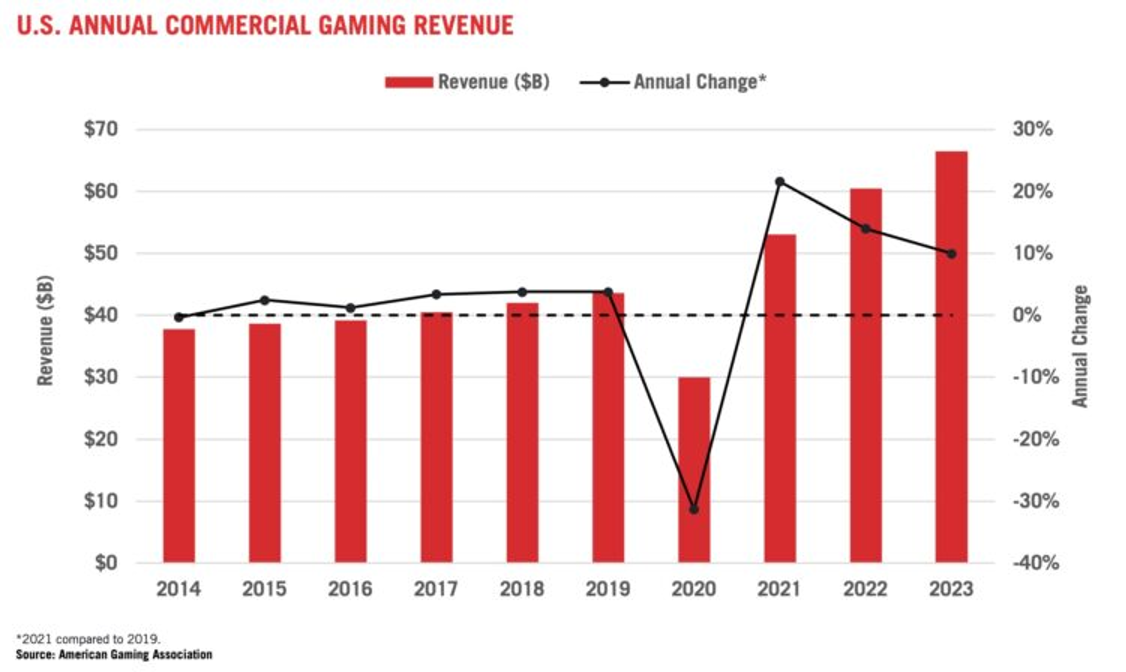
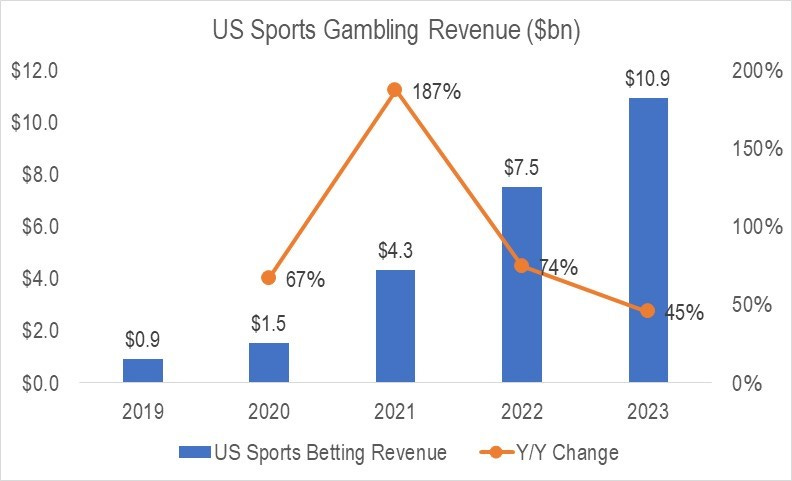

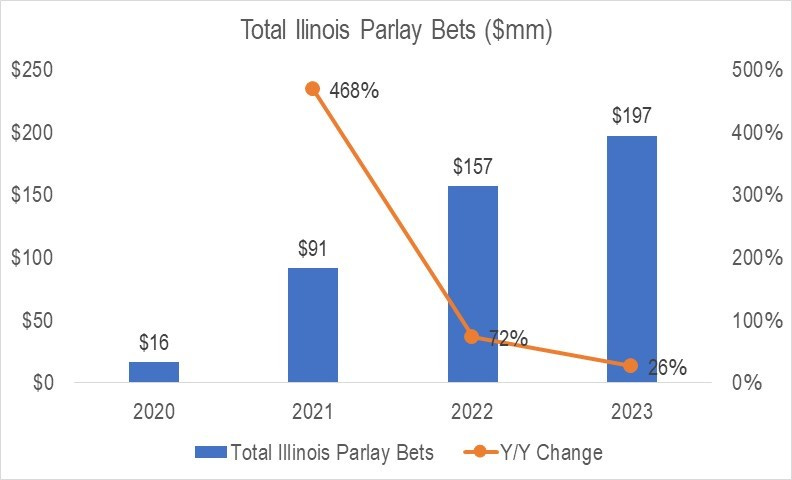





Wonderful article. Explains and illustrates perfectly the topic. Congrats and thanks.
Who is the guest writer? Would love to read more